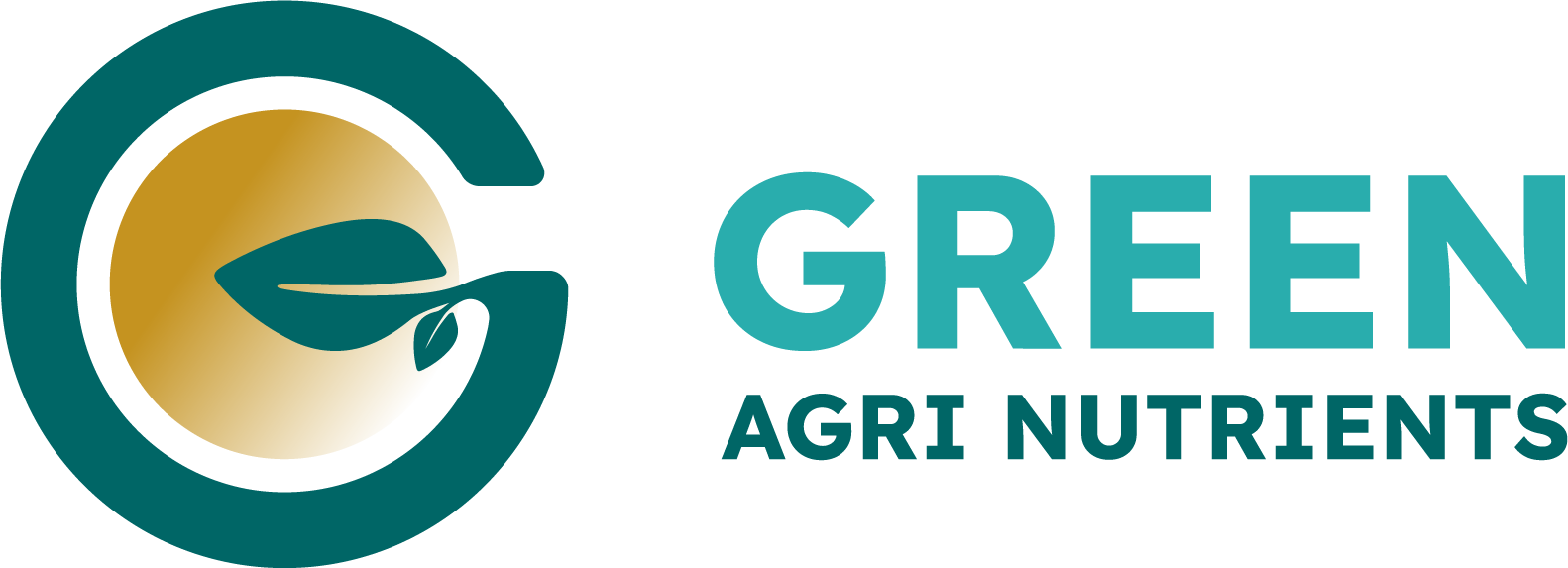Photocatalytic degradation of organic pollution by biochar was a sustainable strategy for waste water remediation, nevertheless, it still suffers drawbacks like low efficiency due to the poor photocatalytic properties of pristine biochar. Herein, amino groups were grafted on the edge sites/defects of biochar by Friedel-Crafts acylation to enhance the degradation of high concentration dye solutions. The results suggested that the amino groups played an important role in imparting photocatalytic properties to biochar. Owing to the strong Lewis basicity and electron-donating ability of amino groups, their interaction with oxygen-containing functional groups/aromatic structures in biochar was improved, which enhanced the electron exchange ability of biochar under visible light irradiation, resulting in excellent degradation performances of high concentration RhB (similar to 10 times faster than ungrafted biochar). In this work, amino-grafted garlic peel biochar delivered a new idea for the future direction of biochar-based photocatalysis in wastewater remediation.
